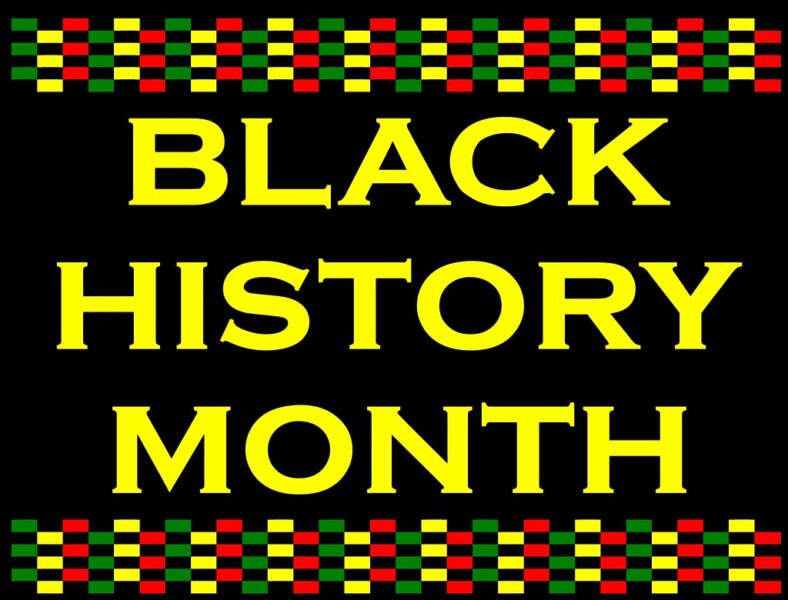
For the last century in particular, black creatives have utilised their talent to confront a myriad of socio-political issues, especially those regarding race and gender. Popular mediums to express such include art, music, and literature.
An early example of this is Billie Holiday’s 1939 musical cover of the poem Strange Fruit by Abel Meeropol (1937), which discusses the lynching of African Americans in the Southern States. The harrowing lyrics leave a deep impact with the audience, presenting the victims to be mutilated, defenceless and irrelevant in a world plagued by white supremacy and Jim Crow laws. Considered by some as the first protest song, it is more than just the lyrics that make Strange Fruit a piece of art. It is the way Holiday performed it- in a jazz café in New York City. She requested that they ceased serving food and submerge the room in total darkness; she would have absconded the stage by the time the lights returned. She performed the song regularly and in the same way for two decades. The simplicity and darkness of the performance forced the audience to fully comprehend the lyrics and be moved by them- bells and whistles would have detracted from the statement. It may also be argued that the unchanging nature of Holiday’s performance is symbolic of the little progression of racial discrimination in her lifetime. Despite initial controversy, Holiday’s song clearly left a lasting impact as it was dubbed the song of the year by Time Magazine in 1999.
The harrowing lyrics leave a deep impact with the audience, presenting the victims to be mutilated, defenceless and irrelevant in a world plagued by white supremacy and Jim Crow laws
By the 1950’s and 60’s, racial protests became more prevalent thanks to figures such as Rosa Parks, Martin Luther King Jr. and Malcolm X. Thus, so did black art. An artist of significance during this era is Jeff Donaldson. He was a founding member of the Organization of Black American Culture, the building of which became the location for the Wall of Respect (1967), a famous mural depicting black men and women of significance. Not only did Donaldson assist with the mural, but he was an artist in his own right. Notable works include Wives of Sango (1960), an intricate and colourful piece depicting the three wives of the Yoruba god of lightening. It is arguably a celebration of women and, supported by the use of gold and silver, intended to infuse a sense of black pride by suggesting that they may descend from greatness. This would have been a particularly felicitous message since the piece was made in the midst of the American Civil Rights Movement.
Into the 1980’s, black political artwork continued. With strong connections in Hollywood- most famously to Madonna and Andy Warhol- Jean-Michel Basquiat used his platform and unique; neo-expressionistic artwork to convey important messages before his untimely death in 1988. His work, whilst very interpretive, generally looks at racial segregation and socioeconomic division. A notable work of his includes the unofficially titled piece Fishing (1981). It is believed by some to be some form of self-portrait, or documentation of the artists own emotions in regards to societal and racial segregation.
Other artists, such as Carrie Mae Weems took a more feminist stance in artwork. One of her most famous pieces Mirror, Mirror (produced in the 1980’s) focuses on beauty standards and, more specifically, how white women were the beauty standard. This is conveyed in the saddening; yet comedic and impactful caption:
‘Looking into the mirror the black woman asked “mirror, mirror on the wall, who’s the finest of them all?” The mirror says, “Snow White, you black b*tch, and don’t you forget it!!!”’
Other artists, such as Carrie Mae Weems took a more feminist stance in artwork
Disney’s Snow White (1937) has been watched by children all across the world for generations. Whilst the film itself is relatively innocent, it subconsciously instils a beauty standard which is amplified significantly by the lack of representation in Disney (and elsewhere) as a whole. Many little girls look up to Disney Princesses. However, the lack of diversity prevents a lot of children from being able to relate to them, leading many to conform to white beauty standards. This is just one of the messages that could be derived from this piece by Weems, and has remained a topic of conversation.
Since George Floyd’s death at the hands of police brutality in 2020, the Black Lives Matter movement catapulted onto the world’s stage. There was a surge in protests and therefore in political art such as placards and murals, condemning segregation, police brutality, the marginalisation of black women, and more. The fact that this art is so emotive, widespread and has strong links to protests offers a sense of unity and amplifies the message of equality. Art is at the core of the BLM movement and expression, and therefore has educated young people of all races which will most likely have a lasting effect on society and future generations.


